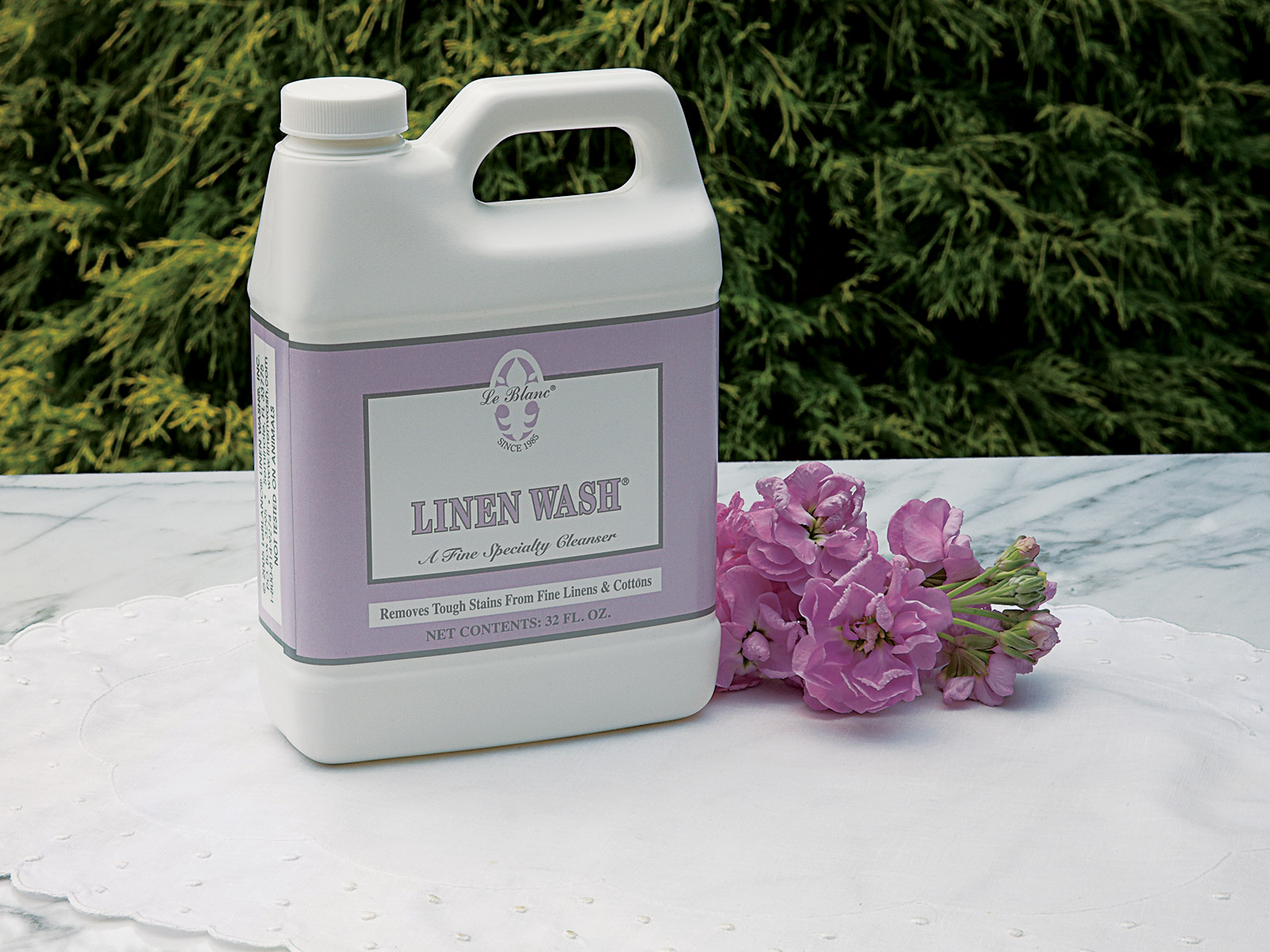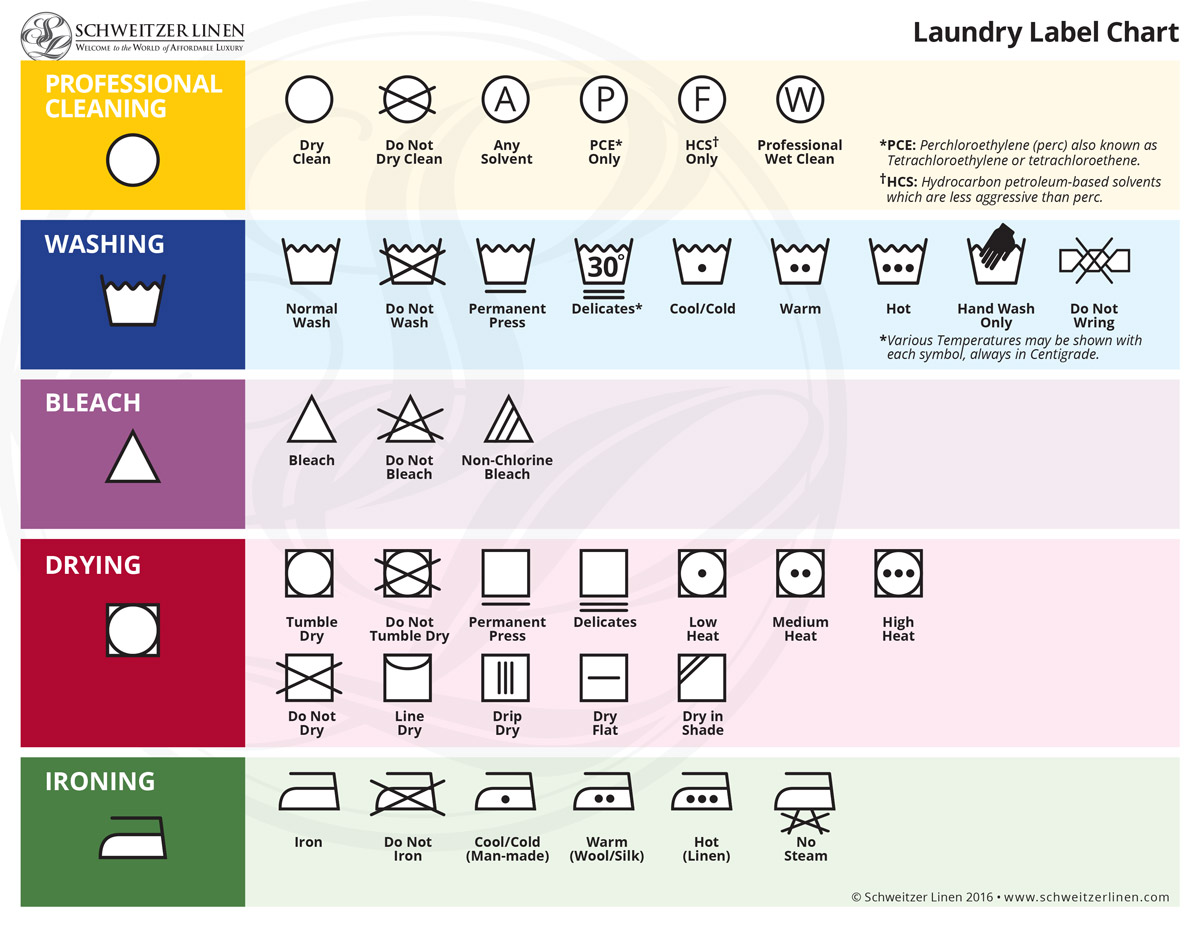Most of us change our clothes every day, so why does it take an average of a month to clean or change our sheets? We still sweat while we sleep, and our sheets are introduced to bacteria, dirt, and oil daily. The truth is there are far too many people experiencing a less than ideal sleeping experience because they don’t clean their sheets often or properly. We’re going to show you how.
Q: How often should you clean your sheets?
Most experts suggest we clean our sheets once a week—two weeks at the most. Unfortunately, data shows that the average sleeper is waiting far too long to clean their bedding resulting in adverse effects. Sticking to a consistent weekly cleaning schedule will benefit you greatly in the long term. And if you sleep with a pet, have allergies/skin sensitivities, or any other factors that may cause your sheets to get dirty quicker, you may want to consider washing your sheets more often than the recommended time.
Q: What happens when you don’t clean your sheets?
For one, we sweat while we sleep, but that’s not all. Along with releasing moisture, we also shed skin. This paired with our sweat opens the door to a host of unwanted invaders like dust mites, bacteria, and other microorganisms. It may be a chore to change sheets every week or two but doing so can prevent skin irritations, allergic reactions, and a dramatic reduction in the quality of your sleep—which can affect every aspect of your life. If you have allergies, sensitivities, or a particular skin condition, it’s imperative you clean your bedding often (including the pillowcases.)
Q: How should I clean my sheets?
Cleaning your sheets won’t do any good if you’re not cleaning them properly. The first rule of all cleaning is easy, ALWAYS read the care and washing instructions. You’ll find this information on the tag attached to your sheets.
If your sheets can be tossed into the washing machine, use cold or warm water (according to care and washing instructions.) Never use bleach or any bleaching agent as this can weaken or discolor the bedding.
Some liquid detergents can cause discoloration when poured directly onto the fabric, so it’s a good idea to let your washing machine fill first, before adding the detergent. NOTE: For European-style front-loading automatics, run a pre-wash soak and rinse so the detergent is added during the 2nd wash cycle. As for the type of detergents, some are better than others. We highly recommend Le Blanc’ fabric care products, as they are specifically tailored to effectively clean bedding in the most gentle way possible

If you’re using a machine, don’t overload it. It’s always best to do a few lighter loads than one big one. This and leaving damp fabrics in the machine for long periods of time is not good for the fabric. And when drying, be sure not to overdo it. Over drying can damage the fabric and reduce the life of the bedding This is extremely true when washing anything with embroideries, lace, or other accents.
As for which cycle to clean your sheets, it’s best to follow the instructions on the care and washing label because there are some items that may require different selections. Linen, along with embroidered or lace items should be washed on a gentle or delicate cycle. Jacquard or damask items are best on a normal cycle. And cotton sheets, from sateen to supima, are almost always run on a normal or regular cycle, but again ALWAYS check your care and washing instructions.
When in doubt, you can also refer to the laundry labels on your care and washing label. If you’re not sure exactly what those mean and how to interpret them, use the guide to laundry labels found in our FAQ section.
And lastly, if your sheets require dry cleaning or you prefer someone else to do the cleaning, first make sure it’s ok to dry clean using your care and washing label. Then make sure the person dry cleaning your sheets closely follows the cleaning instructions. It’s all there on the label, so when in doubt, check it out.

Q: How should I iron my sheets?
Ironing your sheets won’t just leave them looking crisp and beautiful, the process of adding heat can improve the quality and feel of your bedding—in some cases making it softer over time. Before you do, make sure to iron on the reverse side (often with a “hot” or “cotton” setting.) And if you do iron, don’t iron dry. Use the damp function on your iron or a spray bottle to keep from over drying and potentially damaging the fabric.
Q: More Tips for Cleaning Your Sheets
Don’t forget the pillows! Yes, your pillowcase is subject to the same sweat, dirt, and oils, so you should always include these with your other sheets. But too often overlooked is the pillow itself. Most pillows can be tossed into a machine if you follow the instructions. And you should also replace your old pillow with a new one every two years.
Comforters, duvets, blankets, and other layers can also be subject to the same irritants while you sleep, so if you use any of these, you’ll want to keep them clean. You typically only want to wash these once a month using cool water and a low dry method but be sure to check the care and washing label for the optimal way to wash yours.
Sometimes a good cleaning is just not enough, especially if you’ve purchased a lesser quality bedding. If your sheets are looking rough, worn, or you’ve used them for over 2 years, it’s probably a good time to replace them with a new set. Not only is this the best way to ensure a healthy, positive sleeping routine, it’s also a fun way to change up the style and look of your bedroom.
There you have it! A basic guide to keeping your sheets clean and healthy. Need a new set of sheets? Explore our entire collection of luxury bedding featuring the world’s finest fabrics and exclusive styles you’ll only find at Schweitzer Linen. If you’ve still got questions about how to care for your bedding, reach out to us and we’ll be happy to walk you through your best cleaning process.

